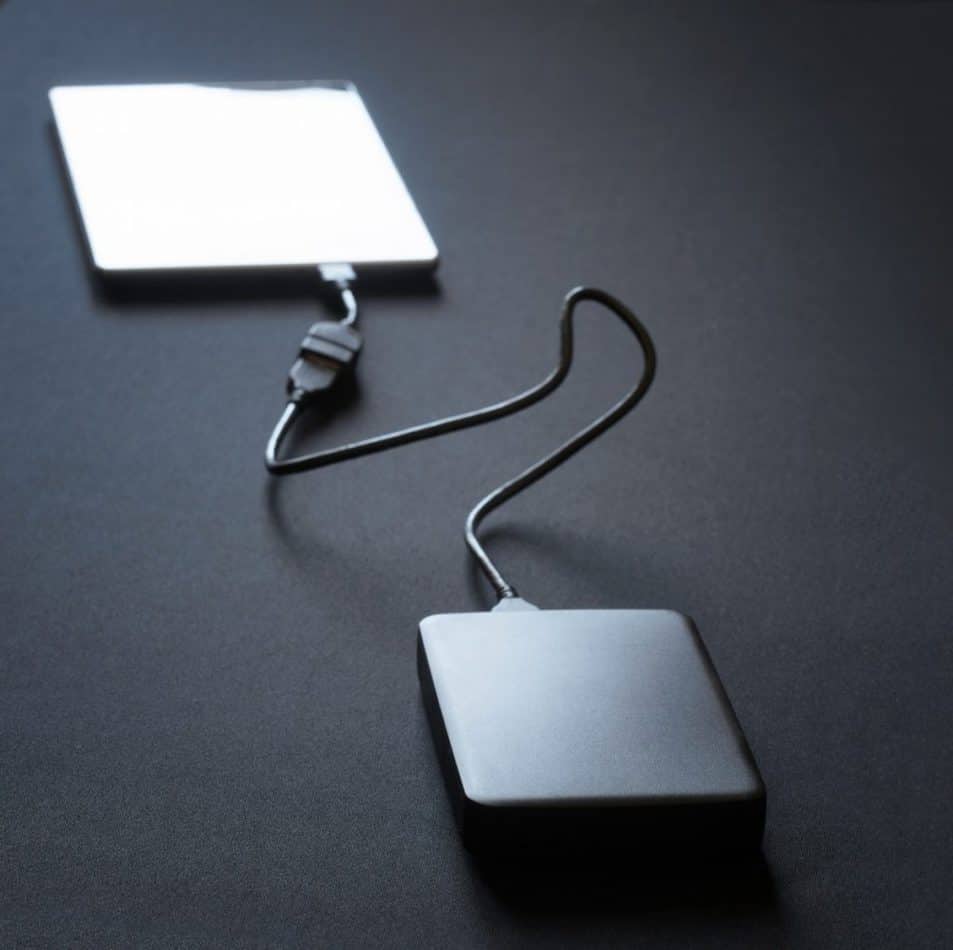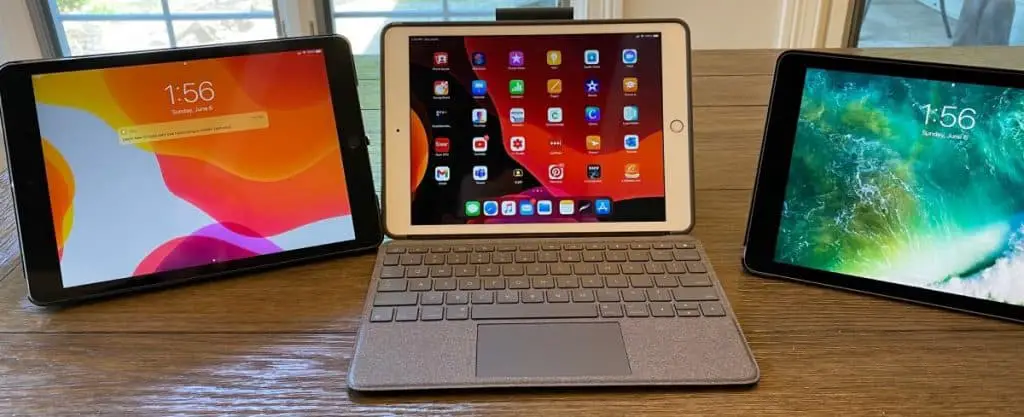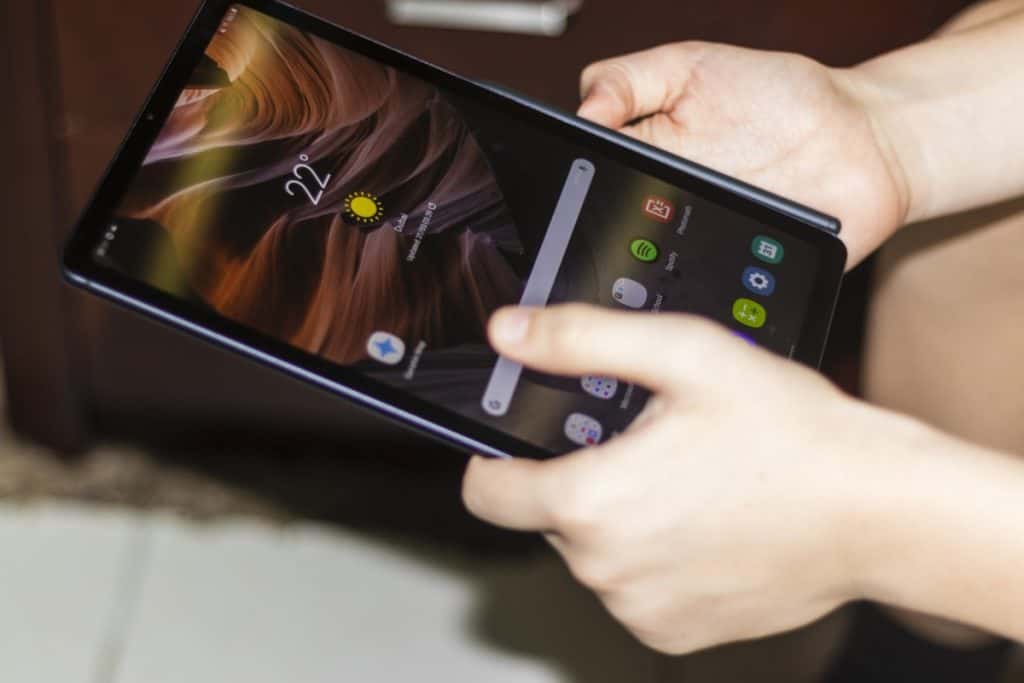While we do love our tablets because of how compact and easy they are to use, one of the problems that many people experience when using tablets is the limited storage space that they come with. Not even all tablets allow you to expand their storage space by adding an SD card. But we do know for a fact that having an external hard drive can be useful for us even when we are using laptops or desktops, which have more storage space compared to tablets. So, in that case, is it possible to connect an external hard drive to a tablet?
Yes, you can connect an external hard drive to a tablet. For iPads, you need to be running iOS 13 or newer and an adapter to connect your hard drive to your iPad. An Android tablet that doesn’t have USB-C needs to be connected to an OTG for you to be able to connect your external hard drive to it.
External storage devices are lifesavers for those who tend to have larger demands in terms of the files and the documents they need whenever they are using their tablets. Of course, external hard drives are also useful for all-around purposes because they simply make your files portable and easier to use from one computer to another. This is why it should be a good idea for you to know how to connect an external drive to your tablet.

Can you connect an external hard drive to a tablet?
There is no arguing against the fact that portable smart devices such as tablets have become great for today’s fast-paced world because of how they allow us to work and play on the go. After all, they are much more portable than laptops and are also quite easy to use on top of how light and convenient they are. This is why there are now more people who are willing to use their tablets when they are working on the go.
However, the common issue that a lot of different tablet users face is that tablets tend to have limited storage spaces. A lot of tablets start out at 16 GB or 32 GB while the more expensive ones can reach up to 512 GB. However, no one wants to spend a ton of money on tablets with laptop-like storage spaces. As such, there are more tablet users who go for tablets that are somewhere close to 32 GB, which really isn’t enough for plenty of different people who have tons of files, photos, and videos.
With that, more people are wondering if you could actually hook up external storage devices such as a hard drive to a tablet.
The good news is that, yes, you can use external storage devices such as hard drives for your tablet. This was something that was not possible in the past as tablets were only able to connect to external hard drives if they were rooted (in the case of Android). Meanwhile, older iPads weren’t even capable of this. But the need for larger storage spaces as well as the advancements in connectivity technology in tablets has made it possible for us to connect external storage devices to our tablets.
So, if you have an external hard drive that you use for storing files from your computer, the good news is that you can also use the same hard drive for your tablet without even reformatting it (which would force you to delete all of your files). This will make it even more convenient for you to use your tablet because you now have a way for you to store larger files that your tablet’s internal storage might not be able to handle. And the best part is that external hard drives themselves are quite portable and are easy to carry around so that you won’t be adding a lot of weight and heft when you want to stay light while on the go.
How to connect an external hard drive to a tablet
Now that you know that you can use an external hard drive with your tablet, let us now look at the different ways for you to connect it to a tablet.
Apple iPad
- As the Apple iPad is still very much the most popular tablet in the entire world, it is necessary for us to explore how to connect your external hard drive to your iPad. But first, you need to look at what kind of connector your iPad has. The regular iPads come with the same lightning connector that you see in iPhones but newer and more expensive iPads come with USB-C. You will know why this is important when you now try to connect your iPad to an external hard drive.
- That said, here is how you can connect an external hard drive to an iPad:
- Make sure that you are running iOS 13 or newer on your iPad. If not, you won’t be able to do any of the other steps below.
- Secure a Lightning-to-USB dock or adapter for your iPad if it has a lightning port. For those who have iPads with a USB-C port, use a cable with a USB-A on the other end and a USB-C on the other end.
- Connect your adapter or cable to the iPad’s port. For those who are using adapter docks for their lightning iPads, you might need to also connect the dock to the charger or power adapter because the external hard drive would require an external power source. For those who are using iPads with USB-C ports, no need to connect them to an external power because the hard drive would be able to get power from the tablet itself.
- After that, connect the external hard drive to the adapter dock (for lightning iPads) or to the cable (for USB-C iPads).
- You will now be able to browse your external hard drive’s storage using your iPad by going to the Files app and going to the Locations tab, which should show your hard drive’s name.

Android tablet
If you are using an Android tablet, the good news is that you no longer need to have your tablet rooted because most tablets are now capable of reading external hard drives out of the box. However, again, you need to look at your tablet’s port to determine the kind of OTG or connector you would need.
That said, here is what you need to do to connect your external hard drive to your Android tablet.
- Secure the appropriate OTG adapter or cable that you would need. If you are using a tablet that uses micro-USB, use an OTG adapter that also comes with a charging port. The reason why the charging port is important is due to how external hard drives need more power than USB flash drives. If you are using a tablet with a USB-C port, no need for the OTG as long as you have a cable with a USB-A port on one end and a USB-C port on the other end.
- Connect the OTG adapter to your tablet and then connect a USB-A cable on the other end of the adapter. After that, connect the USB-A cable to your external hard drive. For USB-C tablets, connect the appropriate cable to both your tablet and your hard drive.
- The moment the connection has been made, you will now be able to browse your hard drive’s storage using the File Manager app on your tablet.

